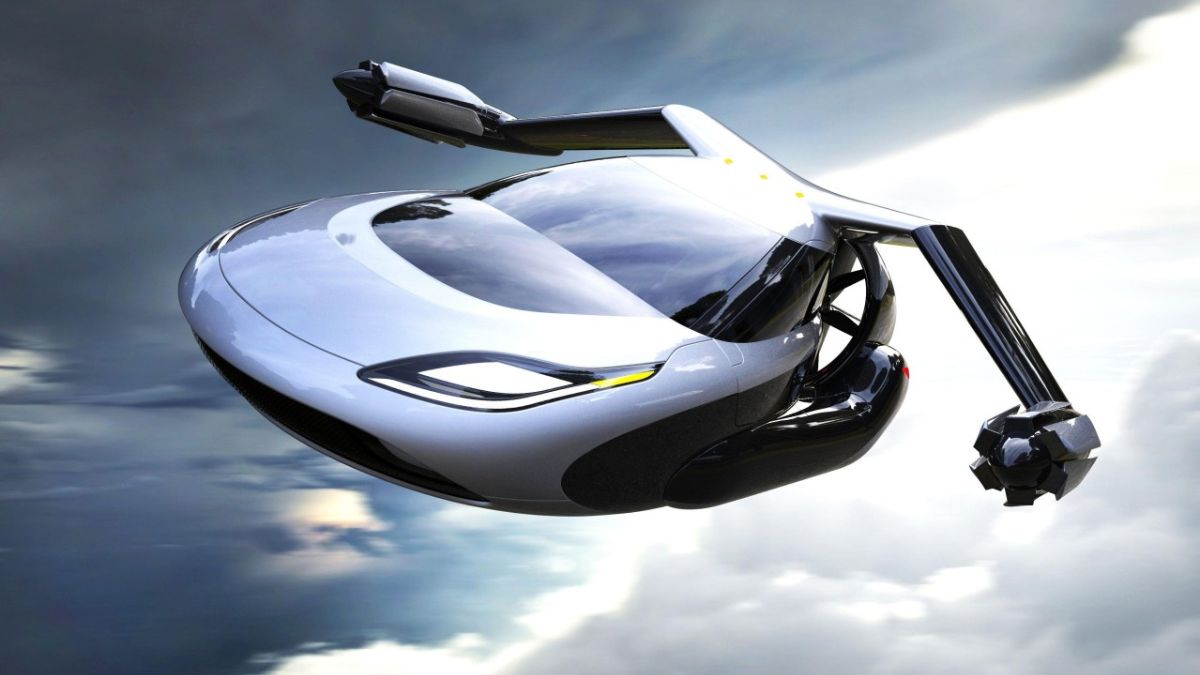
Advertisement
In an exciting leap forward for personal transportation, Pegasus Aerospace has unveiled its groundbreaking Pegasus E-Class—a hybrid flying car that promises to transform daily commutes and redefine travel convenience.
Innovative Hybrid Design
The Pegasus E-Class combines the advantages of both road and air travel. Unlike many competitors focusing solely on electric vertical takeoff and landing (eVTOL) technology, Pegasus has developed a hybrid model that offers a remarkable 300-mile range and up to three hours of flight time before refueling. Notably, this vehicle does not require a runway, making it uniquely versatile.
Performance and Efficiency
On the road, the E-Class achieves speeds exceeding 75 miles per hour using electric power alone. In the air, it can reach speeds of approximately 99 mph. This means that a typical one-hour car trip could be reduced to just 15 minutes of flight time, dramatically enhancing travel efficiency.
From Garage to Sky
The Pegasus E-Class is designed to fit into a standard garage, making it a practical option for everyday use. With both a recreational helicopter pilot’s license and a regular driver’s license, users can drive to a nearby vertiport or, in some cases, take off and land in private areas. This seamless transition between road and air travel represents a significant advancement in personal transportation.
Refueling Convenience
One of the E-Class’s standout features is its refueling flexibility. Unlike other flying vehicles that may require specialized charging stations or aircraft fuel depots, the Pegasus E-Class can be refueled with regular high-octane gasoline at any local gas station. This practical approach simplifies the ownership experience.
Regulatory Progress
The Pegasus E-Class is more than just a concept— it has already secured airworthiness registration with Australia’s Civil Aviation Safety Authority (CASA). Pegasus is now working to fast-track Federal Aviation Administration (FAA) registration in the United States, bringing the vehicle closer to widespread availability.
Challenges Ahead
Despite its promising features, the Pegasus E-Class faces several challenges. Regulatory approval in additional countries, infrastructure development for vertiports, and gaining public acceptance of flying cars are significant hurdles. Ensuring safety and demonstrating reliable performance will be crucial for Pegasus to build widespread trust.
Future Potential
If Pegasus can overcome these challenges, the E-Class could revolutionize short to medium-distance travel, providing a practical solution to traffic congestion. The vehicle’s potential extends beyond personal use, with Pegasus exploring applications in civilian transportation, medical services, logistics, and law enforcement.
Looking Forward
Pegasus Aerospace plans to showcase the E-Class at CES in January 2025 and other U.S. exhibitions. If successful, the E-Class could transition from a futuristic concept to a practical reality, marking a significant shift in how we approach travel.
The Pegasus E-Class is set to make flying cars a tangible possibility, blending advanced technology with everyday practicality to transform the future of transportation.
